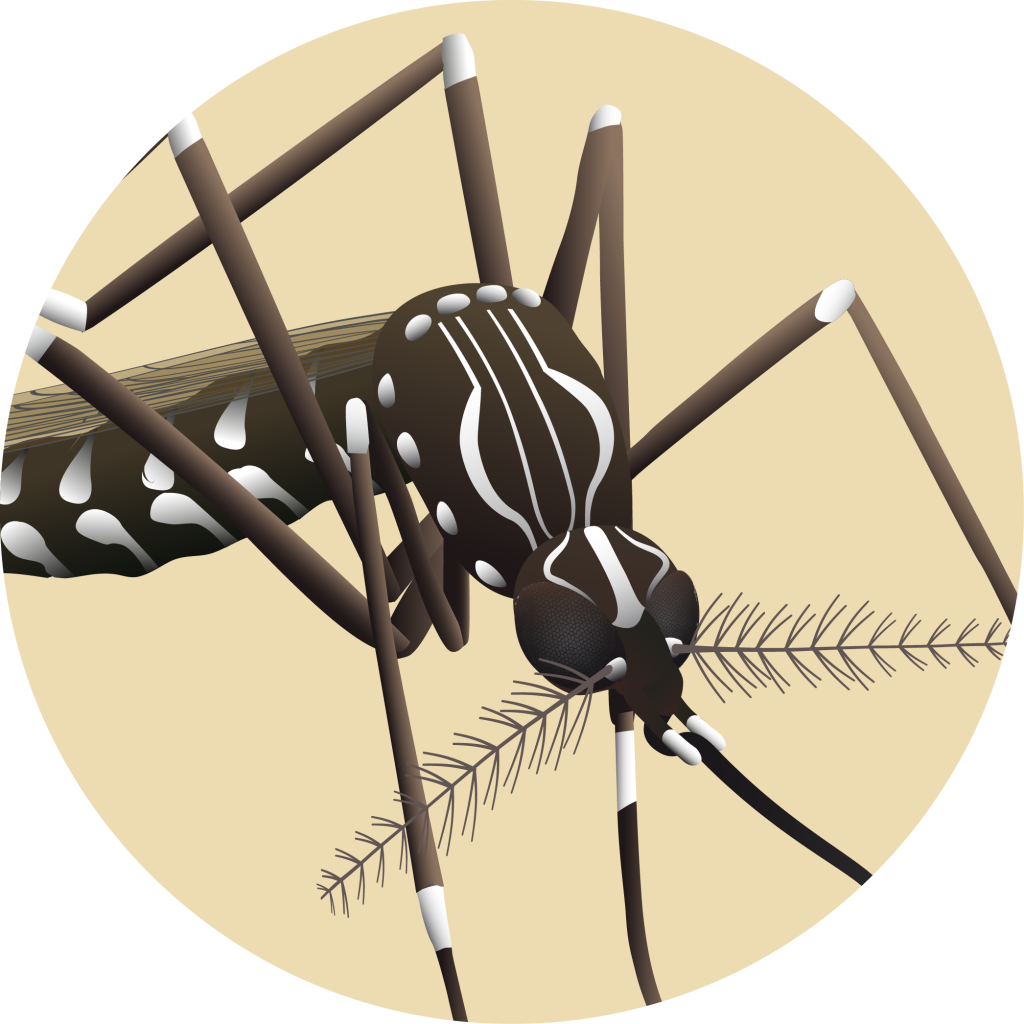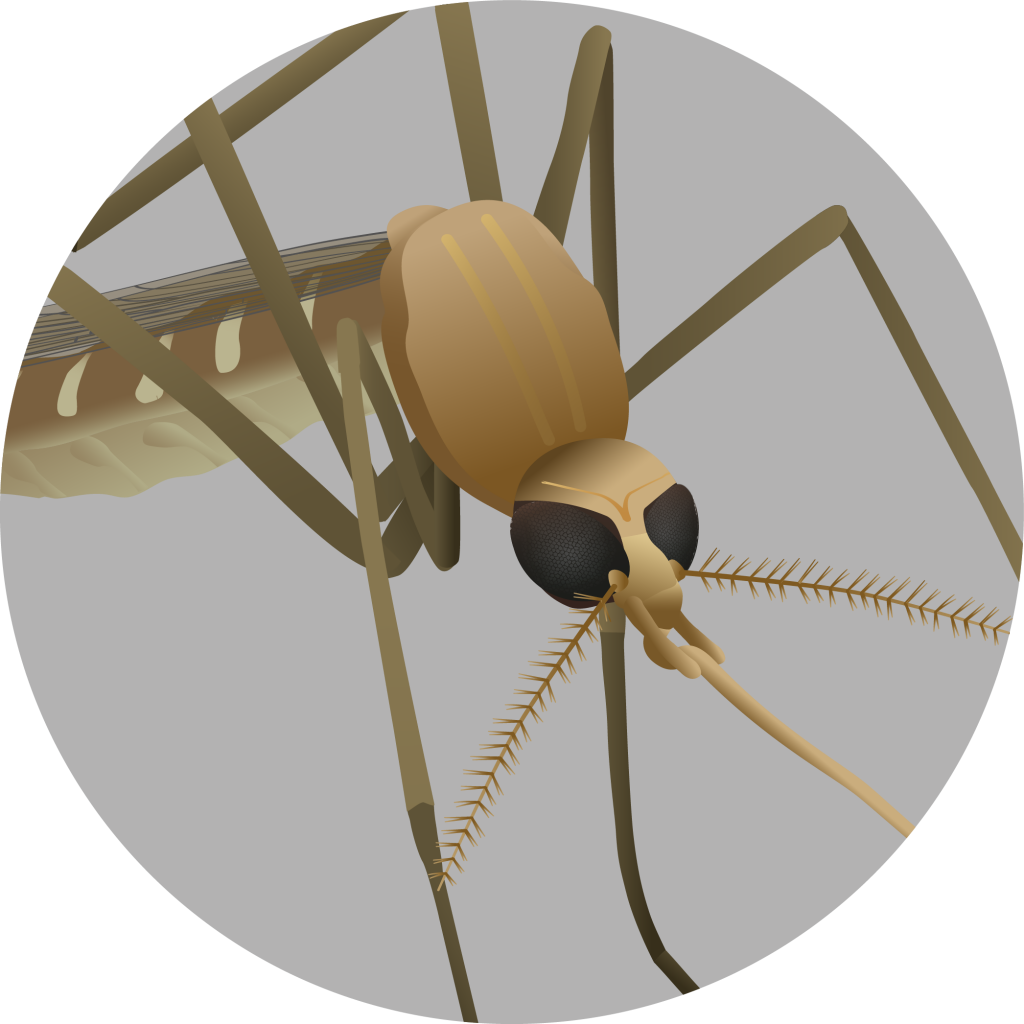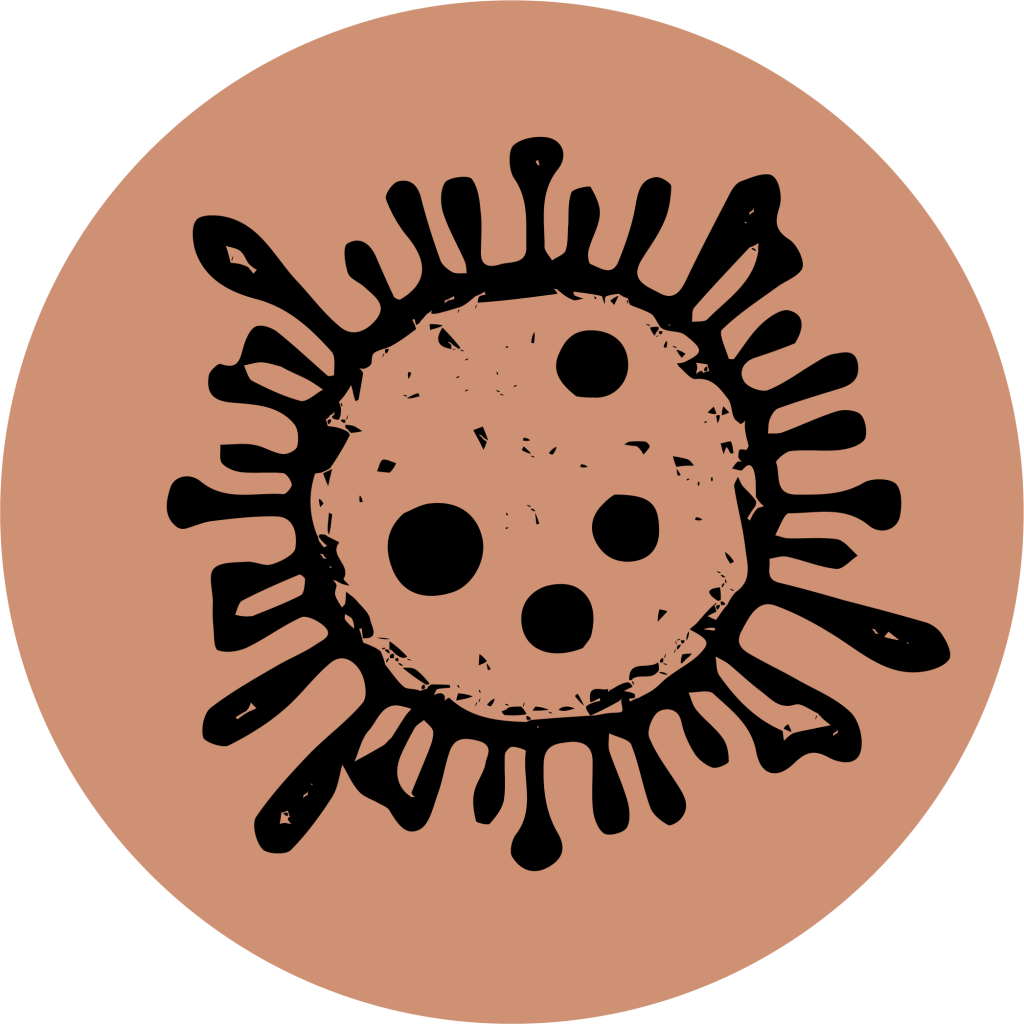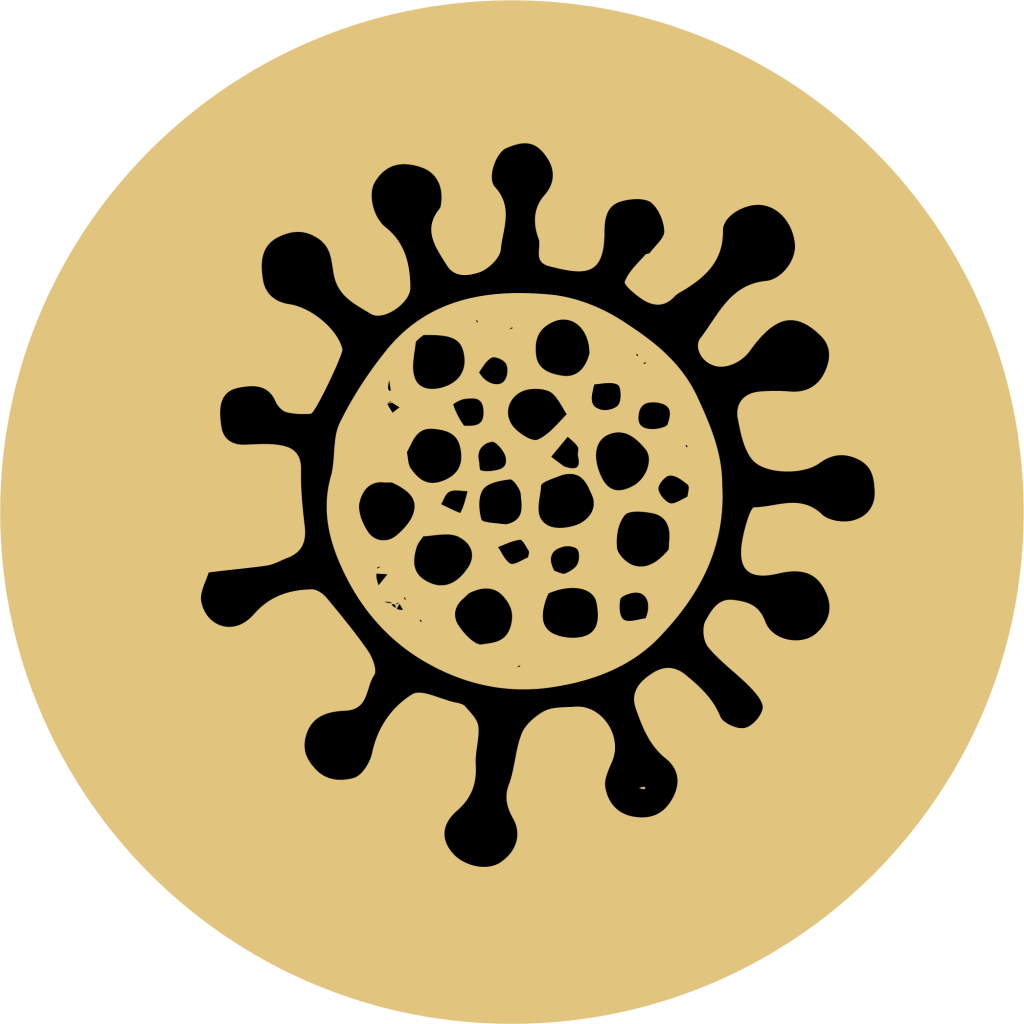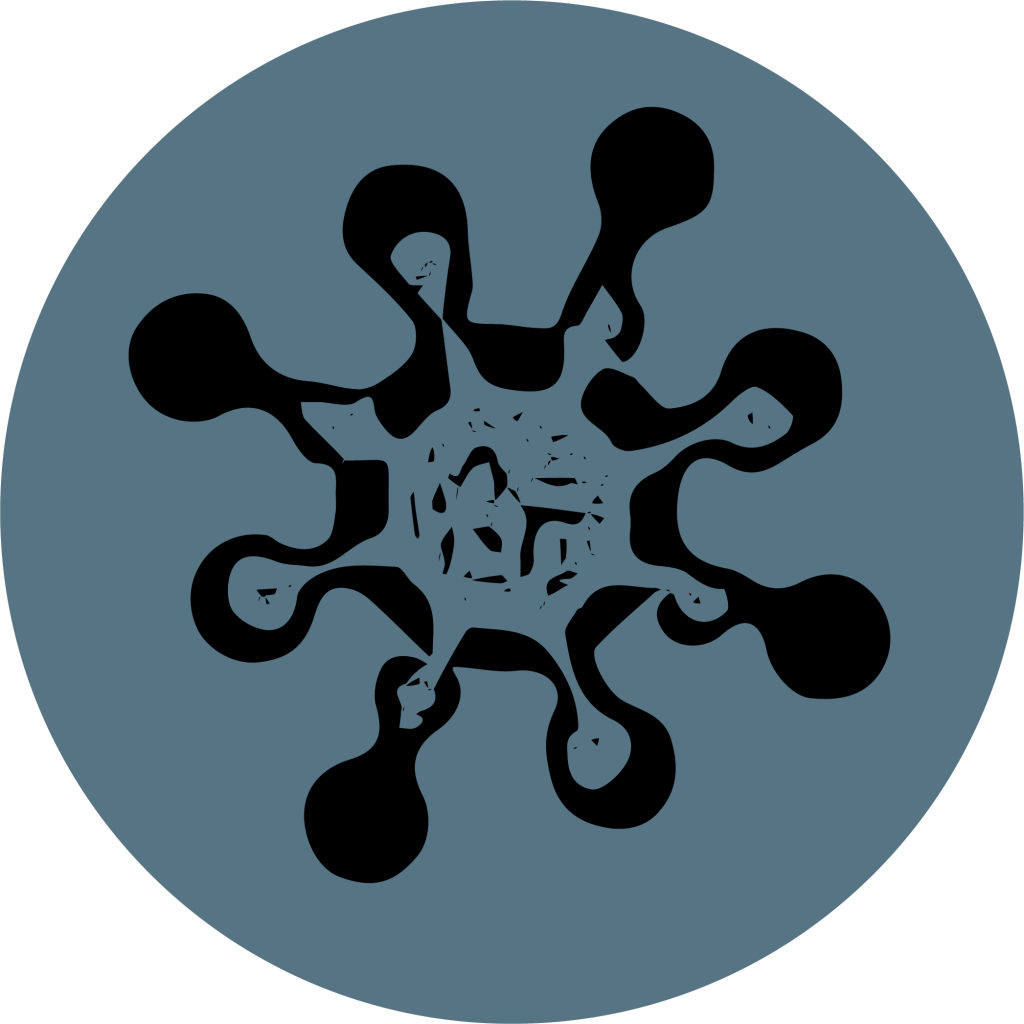There are around 3,500 species of mosquitoes in the world. Of all of them, a few are responsible for the transmission of pathogens and parasites to humans and animals. Still, predictions indicate that more than half of the human population is exposed to the risk of contracting mosquito-borne diseases.
Some of the mosquitoes that may be responsible for disease transmission in Europe are invasive species. Non-native species, but with great capacity to adapt and prosper in urban and suburban environments around the world. These species that perform so well in our cities are, at the same time, the mosquitoes of the greatest epidemiological importance, since they have the ability to transmit serious exotic diseases when their pathogens are introduced into Europe.
At Mosquito Alert we focus on the study and development of an invasive mosquito surveillance system, some of which are important transmitters of diseases:
The body of mosquitoes is divided into three parts: head, thorax and abdomen. On the head we find a pair of antennas, a pair of compound eyes and modified mouthpieces in stilettos to penetrate solid tissues and aspirate liquid food. The thorax has six legs and a pair of wings.

The pattern drawn on the thorax is important because it is one of the easiest characteristics to observe and it is important to differentiate some species from others. Hence the importance of trying to photograph this part of the body when sending photos through the app.

To learn more about each of the species visit its pages:
Mosquito life cycle
Mosquitoes are insects with a complex life cycle, in which adults and larvae occupy different habitats and have different life forms. Larvae are aquatic. Adults (1) are terrestrial who lay eggs (2) in or near water or humid places. The larvae (3) move sinuously in the water, feeding on microorganisms and organic matter in suspension, rising to the surface of the water to breathe atmospheric oxygen thanks to a special organ. After a few days, depending on the temperature, the larvae transform into round-shaped pupae (4). At this stage they do not feed, but metamorphosis from aquatic larva to adult is taking place.
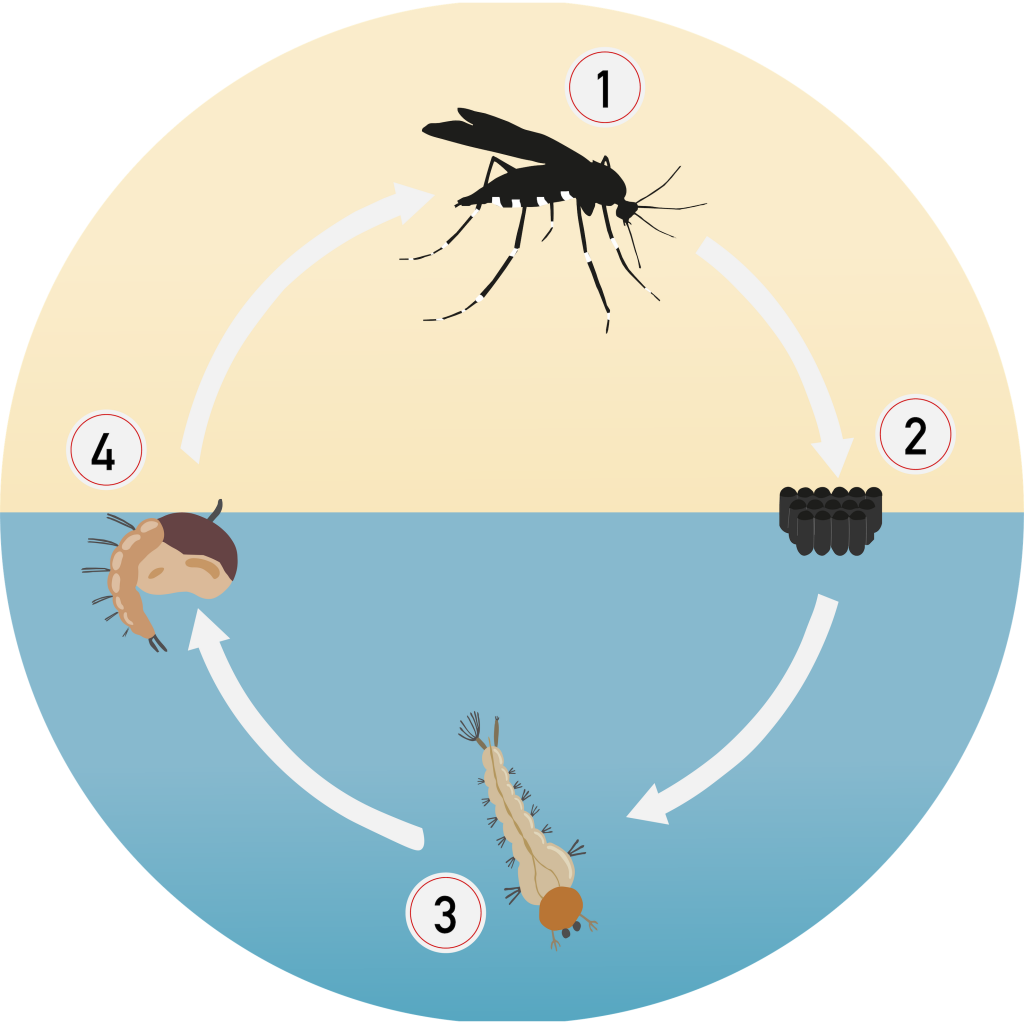
Why mosquito bite?
In the adult phase, males and females have a different diet. Males feed only on the nectar of the flowers. Females also feed on nectar, but for the development of eggs they need proteins that they obtain from the blood. This is why only females bite. It is through bites that, in some cases, they can transmit viruses and other pathogens since they inoculate their saliva when bite, and with it the virus.
To learn more about the viruses and other pathogens that the tiger mosquito and other species can transmit, click on the image of each disease.


